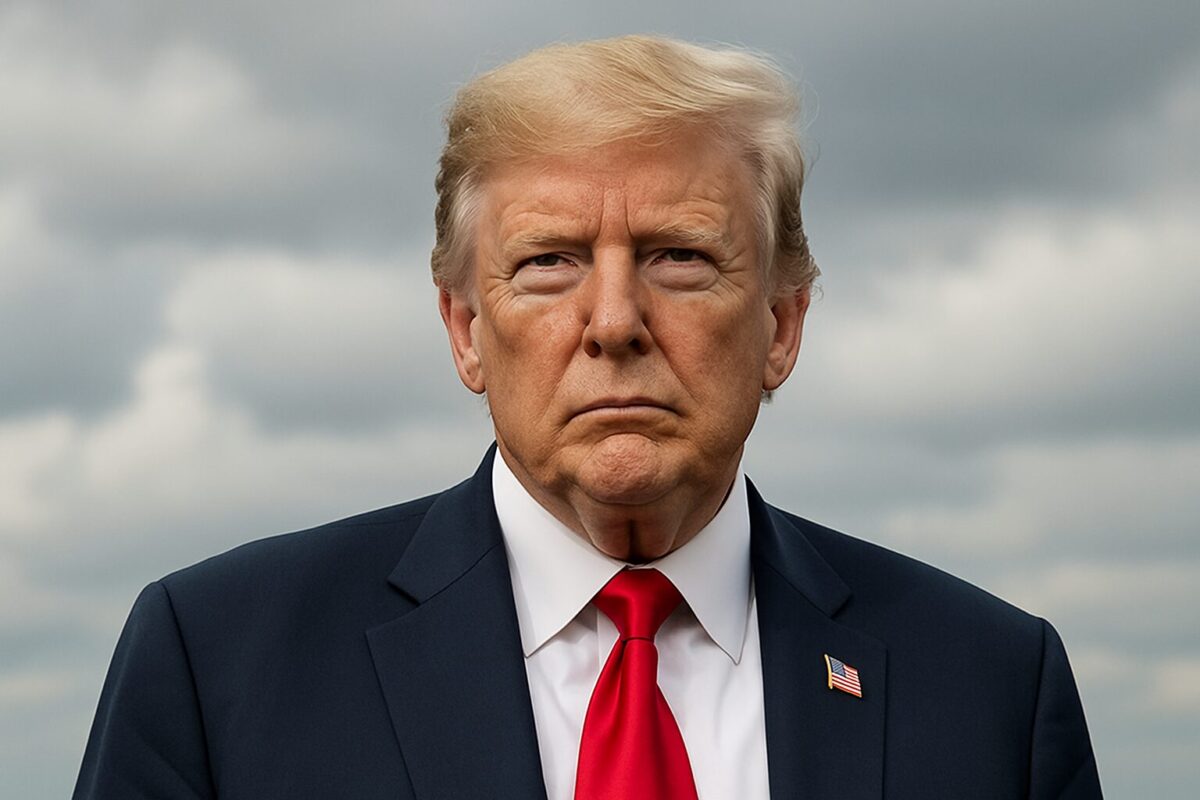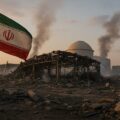
Trump Gives Iran Two Weeks to Strike a Nuclear Deal - or Face Military Action
On June 21, 2025, global tensions escalated sharply. U.S. President Donald Trump issued a public ultimatum to Iran: two weeks to agree on a new nuclear deal or face military consequences. The announcement came against the backdrop of Israeli airstrikes, regional unrest, and rising fears of another full-scale conflict in the Middle East.
But is war inevitable? Or is this one last shot at diplomacy?
What Exactly Did Trump Say?
Speaking from the South Lawn of the White House on June 18, Trump made it clear:
“Iran has two weeks. We’re ready to talk. But if they don’t agree we know what to do. And we won’t wait long.”
The statement was later confirmed by the White House press office. According to a policy draft obtained by Politico and Reuters, the U.S. demands include:
- Full cessation of uranium enrichment beyond 3.67%;
- Deactivation of underground nuclear sites, especially Fordow;
- Unrestricted access for IAEA inspectors, without prior notice.
What Triggered This Crisis?
Tensions exploded after Israel launched airstrikes on Iranian military and nuclear facilities in retaliation for rocket attacks by Iranian proxy groups earlier in June.
While the U.S. officially distanced itself from these strikes, several reports suggest:
- U.S. provided satellite intelligence to Israeli forces (El País);
- Strategic bombers were repositioned closer to the Gulf, including B-2s.
Israel’s ongoing operation, “Rising Lion”, began on June 11 and has already hit sites in Fordow, Arak, and Isfahan — all critical to Iran’s nuclear program.
Iran’s Response: Defiance, Not Diplomacy
Iran has not responded with negotiations — only warnings. The Foreign Ministry issued a sharp statement:
“By threatening Iran in coordination with the Zionist regime, the U.S. bears full responsibility for any escalation. We do not negotiate under pressure.”
Earlier indirect talks hosted by Oman broke off shortly after Israel’s air campaign began. Iran has since activated elements of the Revolutionary Guard and repositioned drones along the Persian Gulf, signaling military readiness.
Is There Support Within the U.S.?
Reactions in Washington are divided. Republicans largely support the hardline stance, while Democrats — and even moderate conservatives — warn of dangerous overreach.
“We don’t need another endless war,” said Sen. Chris Murphy (D-CT). “If this isn’t a real chance for a deal, it’s a path to disaster.”
But House Foreign Affairs Chair Mike McCaul (R-TX) countered:
“This is not Iraq. This is a necessary stand against nuclear blackmail. Iran must not become the next North Korea.”
What Is Trump Actually Planning?
According to Time and Politico, the Pentagon has a detailed airstrike plan ready for execution, without deploying ground troops. Key elements include:
- Targeted strikes on five hardened nuclear sites;
- Use of drones and cruise missiles;
- Potential involvement of UK and Saudi forces.
The U.S. also has a carrier strike group in the region and maintains bases in Qatar and Bahrain.
Is This a Real Ultimatum?
Yes — but it’s layered. Trump has set a deadline and stated consequences. But analysts from The New York Times note that the language leaves room for maneuver:
“Two weeks doesn’t mean immediate war. It’s a pressure tactic. And a message to allies.”
For Iran, however, the terms are humiliating — and accepting them without face-saving measures is unlikely.
Why This Matters Globally
This is not just a U.S.-Iran standoff:
- It’s a precedent for nuclear brinkmanship.
- It tests the EU’s fading diplomatic influence.
- It rattles energy markets: Brent oil already surged to $98 per barrel.
Trump has often walked geopolitical tightropes. But this time, the stakes are far higher. Iran isn’t Syria — it has missiles, proxies, and a nuclear infrastructure.
The world now stands at a crossroads:
One path leads to a new agreement. The other — to fire.
And which path we take may depend on who chooses to blink first.














